Brazil - Atraumatic Restorative Treatment for a disadvantaged Brazilian Community
Brazil - Atraumatic Restorative Treatment for a disadvantaged Brazilian Community
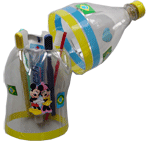
Introduction
The city of Governador Valadares is located in Rio Doce Valley, in the state of Minas Gerais, southeast Brazil. It was founded in the year of 1937, and presently (2005) has an estimated population of around 230 000 inhabitants, most of whom live on the outskirts of the city and are underprivileged. The work presented here was carried out by three Oral Health Teams in the Family Health Strategy of Governador Valadres city and dentists in the public health network.
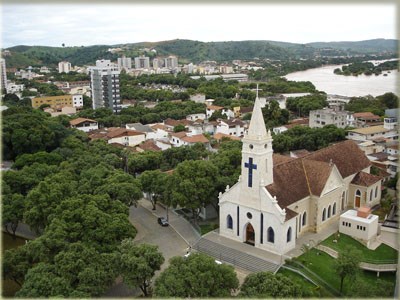

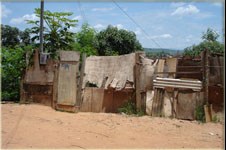

Background and Rationale
A survey of the oral health needs of 11,108 children in the public schools from this area was carried out in 2001, where high prevalence of untreated caries among the children aged 5-16 years was detected.
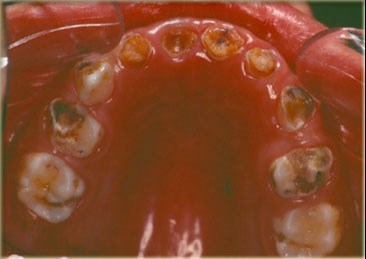
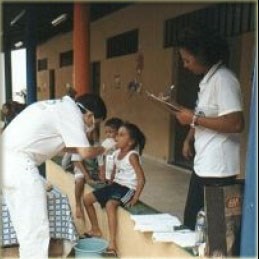
These findings were used as a basis for the implementation of an oral health promotion program including the Atraumatic Restorative Treatment (ART) approach. In the ART approach, caries is removed using hand instruments only. The excavated cavity is then restored permanently with an adhesive filling material (glass - ionomer). ART has the advantage of using low cost equipment, no electric dental drills are needed and is a simple and appropriate intervention in dental care programmes.

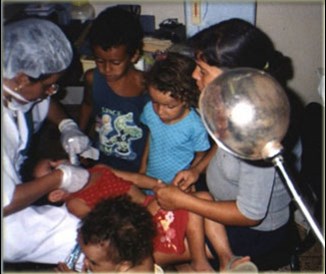
Project Outline
Training oral health personnel Consequently, in October 2001, three oral health teams were included in the Family Health Programme in this area. These teams and other dentists in the public health network were trained by a university teacher in the area, to perform ART restorations using a glass ionomer cement. There were several theoretical and practical classes for a week with periodic reinforcements.
Home visits Oral health teams visited the homes of the impoverished people from this area and introduced oral health education, tooth brushing using fluoride toothpaste and ART for carious teeth.

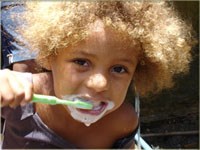
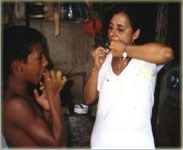
Community Interaction The oral health teams also participated in celebrative dates (Brazilian National day) and parades to encourage interaction between the health teams and people from this area.
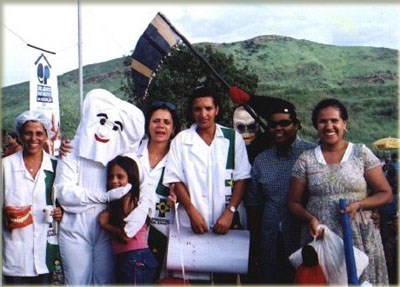
Achievements
Table below shows the activities of the three oral health teams during 2002 and 2003.
| Activities | 2002 | 2003 | Total |
| ART restorations | 1276 | 977 | 2253 |
| Home visits | 1319 | 1918 | 3237 |
| Workshops | 1143 | 1039 | 2182 |
| Supervised brushing | 7308 | 3009 | 10317 |
| Topical fluoride applications | 3696 | 1998 | 5694 |
For a total of 969 ART restorations made in 661 deciduous teeth and 308 permanent teeth, retention after two years follow-up was 86,9% and 98,0% respectively. This outcome confirms the role of ART in the programme.
Conclusion
It is possible to conclude that introducing the ART approach and oral health education within the Family Health programme, using specially trained oral health teams were successful.
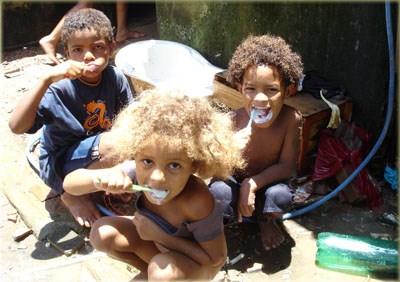
Acknowledgment
We thank Isolda Cerqueira Cruz, Débora Abreu Badaró and Manoel Damásio Machado Neto from the Public Health Program of Governador Valadares and Márcia Cançado Figueiredo, Mircelei Saldanha Sampaio and Andréa Centeno Rosa from the Federal University of Rio Grande do Sul, School of Dentistry, Department of Pediatric Dentistry, Porto Alegre, Rio Grande do Sul, Brazil for the data and illustrations for the above presentation.
References
Isolda Cerqueira Cruz, Débora Abreu Badaró, Manoel Damásio Machado Neto, Márcia Cançado Figueiredo, Mircelei Saldanha Sampaio and Andréa Centeno Rosa. Two-year Evaluation of Atraumatic Restorative Treatment (ART) in a Brazilian Disadvantaged Communities. IADR meeting, Baltimore, 2005, poster ≠ 3039.
